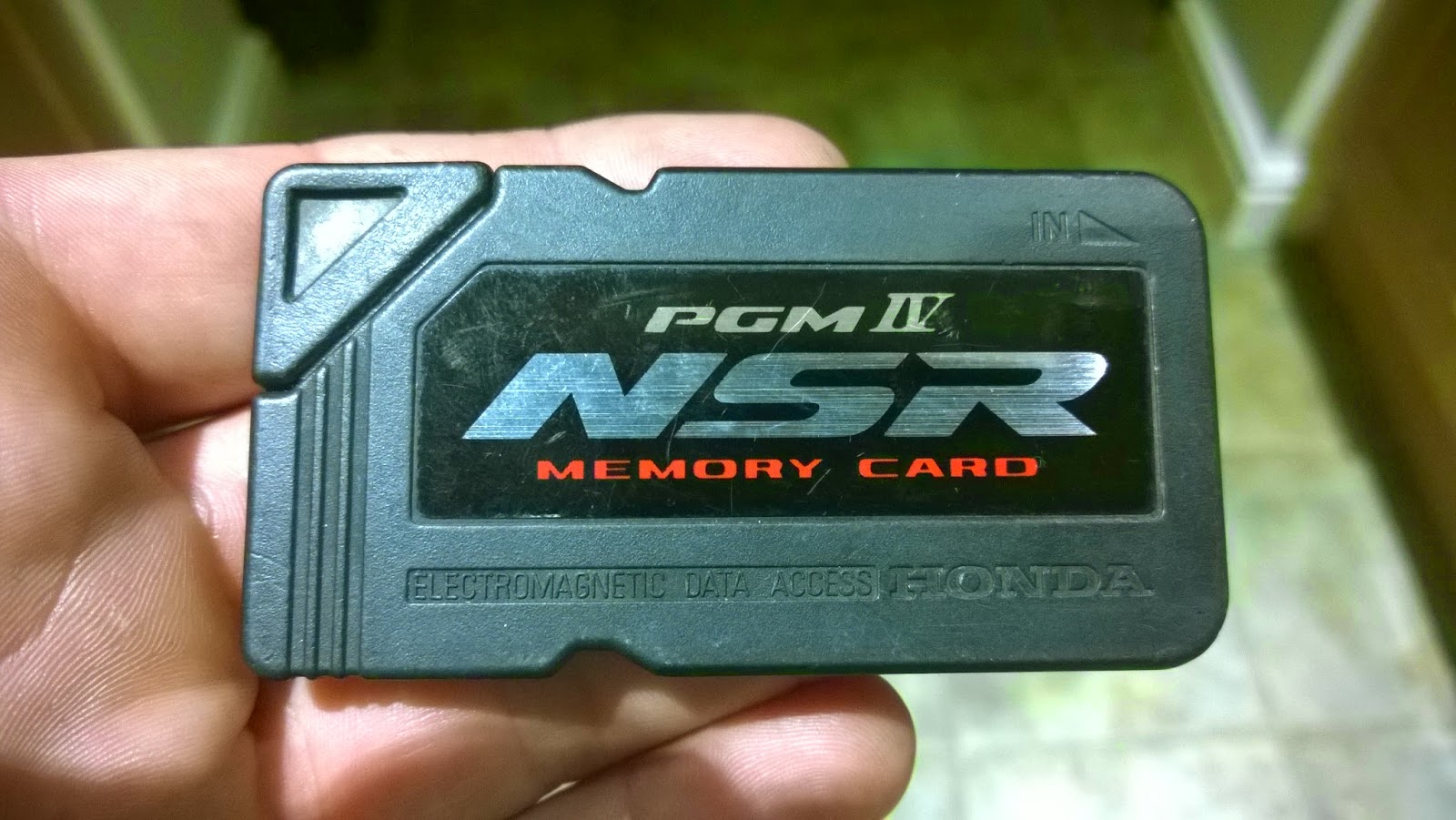Reed all about it
Order
I had ordered carbon reeds for the NSR quite a while ago so it was nice to be organised for a change.
 So with a little time on my hands I decided to pop the cages out and change these over. I had already had the carbs off previously for cleaning and had only placed them in situe so was no drama removing them. The carb rubbers followed, taking care to release the torque evenly as I have heard horror stories of engines blowing from air leaks caused my bent inlet rubbers.
So with a little time on my hands I decided to pop the cages out and change these over. I had already had the carbs off previously for cleaning and had only placed them in situe so was no drama removing them. The carb rubbers followed, taking care to release the torque evenly as I have heard horror stories of engines blowing from air leaks caused my bent inlet rubbers.
With these off the reed cages are no longer secured to the engine so can be pulled off as well, along with (most of) their paper gasket.
Now I was confronted with this which initially looked pretty horrific. One side shiny and like new as it aught to be and the other brown with a streak of brown and dirt down the inlet. Images of water ingress, corroded bearings and seized bottom end rushed through my mind but then a bit of logic seeped in and I turned the engine till I could see the bearing itself.
As you can see; no problems here and a quick wipe of the inlet brought up some oil. It seems the oil injector had been leaking into the inlet port causing a sticky mess and some dirt to stick to it. Not a major problem but something that will need sorting in good time. Or more importantly not an engine strip down problem.
As can also be seen in the image above: the inlet ports could do with a tidy up. Rough edges are not welcome here but neither is swarf so that will be a split casing job in the future.
My focus now moved to the cages which the left port had also been coated in oil, oil which holds dirt, which attracts moisture which causes corrosion.
Clearly my next job was to soak everything in WD40 and make a cup of tea. This was going to be a bigger job than anticipated.

 Tea consumed and a brave face put on, I removed all of the fasteners with the aid of an Impact driver. If anyone tells you those things don't work you can slap them round the face and link them here. They do and they worked for every stuck fastener on these cages.
Tea consumed and a brave face put on, I removed all of the fasteners with the aid of an Impact driver. If anyone tells you those things don't work you can slap them round the face and link them here. They do and they worked for every stuck fastener on these cages.A quick clean showed that things weren't all that bad, leaving me to mount a wire brush to my drill and go at each one. Time consuming and tedious work but it worked and brought them up fairly well.
I finished each one off with polish just to remove any possible burs and sharp edges that could mess with air flow.
 The quickest and easiest part of this set-up change is the stuffer blocks as they just plop into the cages.
The quickest and easiest part of this set-up change is the stuffer blocks as they just plop into the cages.Hence why I was now elbow deep in used wet and dry.
 The difference between the stock stuffer blocks (left) and HRC (erm right?) is quite clear to see.
The difference between the stock stuffer blocks (left) and HRC (erm right?) is quite clear to see.They are much cleaner and I don't just mean oil stains. The airflow going into the intake will flow a bit better and hopefully not just condense on everything it touches right away.
They are supposed to have a better pressure change too but I am sure I will notice none of this once it is all together.
 So with the stuffer blocks ready to pop in at the end I now had completely stripped down cages. Having inspected the rubber seals and general condition I was ready to begin rebuilding using the carbon reeds.
So with the stuffer blocks ready to pop in at the end I now had completely stripped down cages. Having inspected the rubber seals and general condition I was ready to begin rebuilding using the carbon reeds.This caused a short wait whilst another set were dispatched out to me. As you can see above the correct reeds are a fair bit smaller and match the the shape of the OEM reeds perfectly.
Once I had the correct parts the fitting of the reeds was fairly straight forward using a small dab of thread lock on each screw as I didn't much fancy them falling out.
All assembled I plopped a gasket on the engine casing, followed by the reed assembly cages and their stuffer blocks.
The build up therafter was the reverse of the assembly. Torque settings were figured out from dreamgate or NSR world. It is worth being careful when tightening the inlet manifold as not only is there the risk of stripping the soft aluminium crank case but also the danger of warping the inlet manifold itself. This will allow air in, leaning out your mixture which will probably end badly.
Such a shame to buy nice Carbony bit and hide them in the engine but on the plus side at least these will be useful in some way. More carbon to follow?









Try http://nsr250.freeforums.org/index.php for more NSR minded people
ReplyDelete